Few examples of iconic packaging have sustained the longevity of the Lyle's Golden Syrup Tin. Against all odds (and probably little resistance) its design has endured without significant alteration for almost three hundred years, save perhaps the bringing of weight and content descriptions into the 21st century (and, for example, on the occasion of the Queen's Golden Jubilee, where the distinctive banner over the lion was appended by an impressive crown and a cheer of suitable lettering to mark the auspicious occasion).
Born in Greenock in 1820, Abram Lyle was, by the 1860s a successful owner of a fleet of ships that brought sugar from the West Indies. In 1881, he sold his shares in the company and with his three sons, opened a new refinery on the Thames at Plaistow adjacent to those of the sugar cube magnate Henry Tate (these two giants of the sugar industry would later merge in 1921, forever lending legendary status to the partnership). Lyle's problem was to effectively turn the bitter, hitherto wasted by-product of the sugar-refining industry into the sweetly viscous syrup for which his name is perhaps best known throughout the world, and it was a research chemist named Charles Eastick to which the task fell. Eastick was an expert in the specific properties of sugar and its refining process, and Lyle wasted no time in employing his services. Almost an overnight sensation, the syrup was initially dispensed from wooden barrels for local consumption and it was in 1885 that the first distinctive green and gold cans with their cryptic Old Testament imagery began to appear on cornershop shelves. 'Out of the Strong Came Forth Sweetness', and the seemingly eternal mystery of the lion which defines the very essence of the tin's design, relates to an episode from the Book of Judges, and to Samson in particular. Judges relates the slaying of a lion by the strongman whilst en route to woo a prospective wife from among his Philistine oppressors. On returning homeward, Samson discovered that a swarm of bees had made a honeycomb within the dead creature's carcass, and he availed himself of its sweet delicacy. Here then, is offered up a riddle with which he confronts his oppressors during the wedding feast that was to follow: 'Out of the eater came forth meat, and out of the strong came forth sweetness'. The image of the dead lion with his emerging swarm of bees has intrigued us down the centuries, and remains perhaps the most tantalising aspect of the product's distinctive packaging, and the element by which the tin is regarded by millions with nostalgic affection. There is also perhaps, a further, slightly tangental dimension to the image of the recumbent beast and his swarm of insects - that which centres around the ancient concept of Bugonia, or 'The Ox-Born Bee'. Bee Wilson, in her groundbreaking study of man's eternal relationship with the honey bee, discusses what is perhaps the oddest of all ancient theories on the origins of how these creatures came into existence and how their species were generated and sustained, namely, that they were somehow spontaneously fashioned from the dead body of an ox. The Latin poet Ovid (43 BC - AD 18) declared that 'Swarms rush from the rotten ox, and one extinguished life produces a thousand'. The notion that a decaying carcass might give birth to living bees is fanciful by any standards, yet bizarrely, this was an accepted explanation for the existence of bees of more than 2,000 years. In part it was a reflection of the yearning of man to control the miraculous creatures and, by extension, thereby to have domain over death itself. The Greeks coined this supposed process of creation Bugonia (literally 'Birth from an Ox') and since both creatures were revered in equal measure, opined that the death of one might give rise to the life of the other. Columella, an agricultural expert writing in the 1st century AD, went so far as to believe that oxen and bees were related. In Rome, the process of apes facere was spoken of; namely, the practice of 'making' bees; as though they might be manufactured at will by human beings. Ovid further writers of the use of a rotten ox to 'recover bees by art', and creating them in this manner meant that mankind could dream of standing in relation to bees as gods did to mankind. The superstition that the life of bees derived from the carcass of dead oxen predates those of the Roman poets however. A version of the belief possibly began in ancient Egypt, where the sacred Apis bull was worshipped for its fertility and its strength, as the bee was for the miraculous, healing properties of its honey, and where belief in the reincarnation of the soul was strong. In ancient Arabia, there was a similar belief-system involving a dead horse. Here, we must return to Samson and the bees, perhaps the best-known variant of the bugonia legend, and to our familiar gold and green tin. Samson's story is allegorical - which is not to say that the ancient attachment to the concept of the Ox-born (or in this case Lion-born) bee was merely fanciful or symbolic. There were many complex tenets to its process, chiefly centred around the method by which the ox must be killed and processed so that the conditions are rendered perfect for the genesis of the swarm to issue forth. Particular emphasis was given to the surrounding conditions of the carcass, with strict geometrical consideration given to the chamber in which the process was carried out. Fragrant thyme played a crucial role, as did the timing of the decaying process - strictly thirty days (after which the chamber was opened for a further eleven, at which point, the miraculous cluster of bees were alleged to swarm 'like summer clouds') and the creature reduced to horns, bone and hair. Belief in the process of bugonia persisted into the Renaissance and beyond, and from ancient poetry to prosaic British methods of animal husbandry. In the 1600's, a Mr. Carew of Anthony, claimed to have successfully manufactured bees from the carcasses of yearling calves, and maintained his swarms not in hives but rather in the decapitated heads of pigs, convinced that the burying of dead cattle at the end of April would produce honey-making bees by Summer. Shakespeare refers to the bee 'leaving her comb in the dead carrion' and Ben Jonson, writing in 'The Alchemist' of 1610 stated; 'Beside, who doth not see, in daily practice, Art can beget bees, hornets, beetles, wasps, out of the carcases and dung of creatures yea, scorpions of an herb, being rightly placed?'
The unique design of the Lyle's Golden Syrup tin is recognised the world over, and by the Guinness Book of World Records as 'Britain's oldest branding'. In our fast-paced and visually changing world, its appeal remains constant thanks to its sense of the eternal.
Saturday, 21 January 2017
Subscribe to:
Post Comments (Atom)










































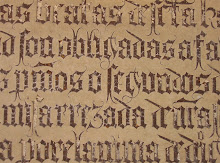

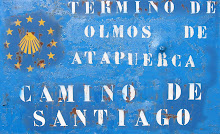



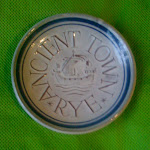
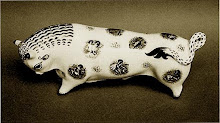
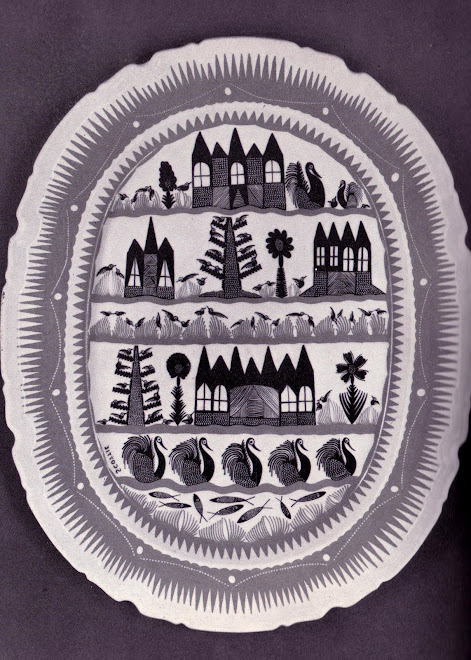
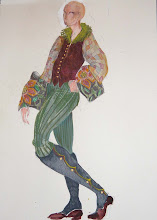

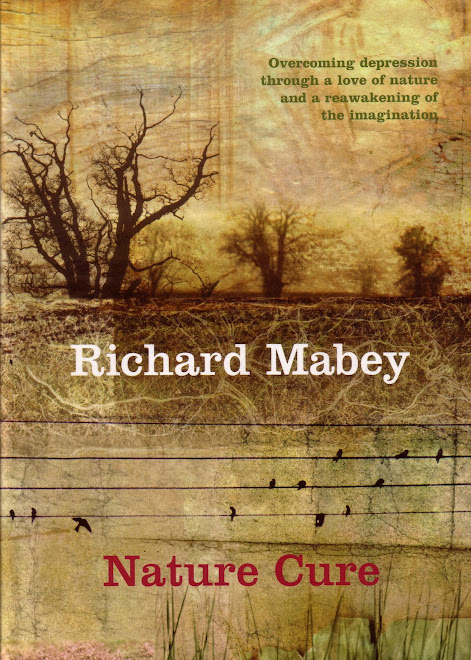



No comments:
Post a Comment